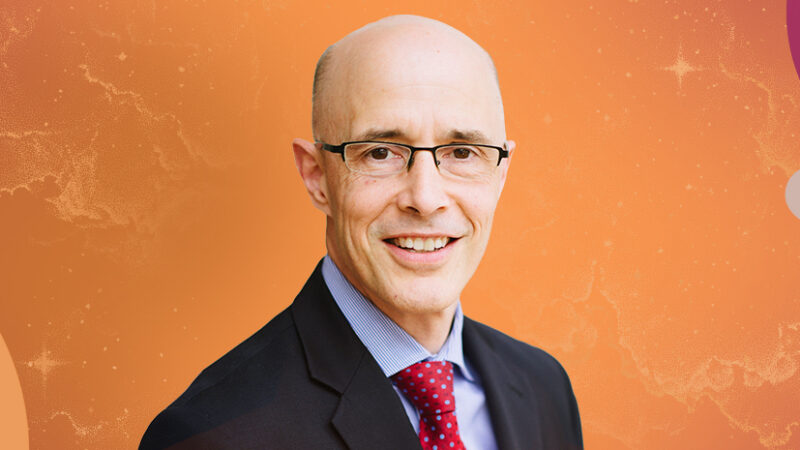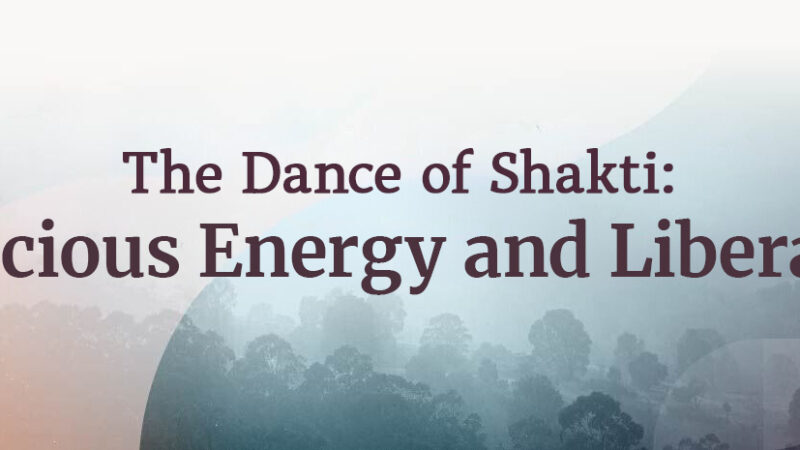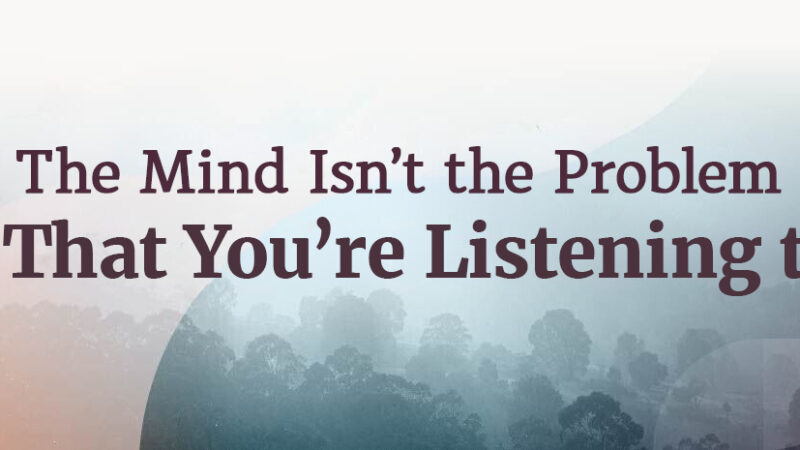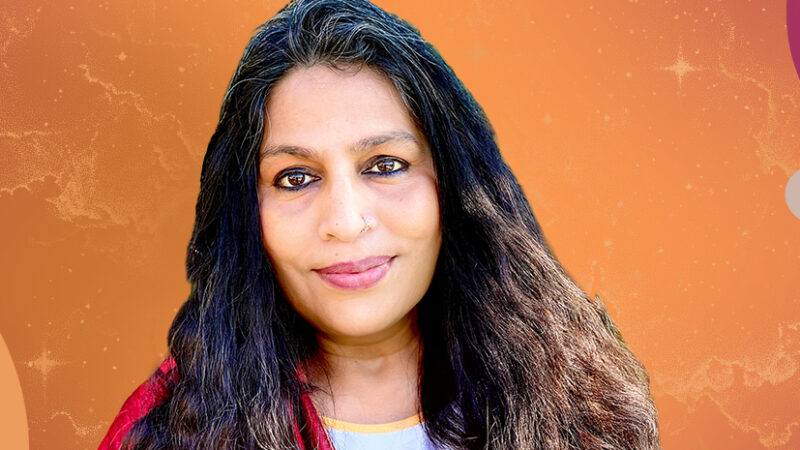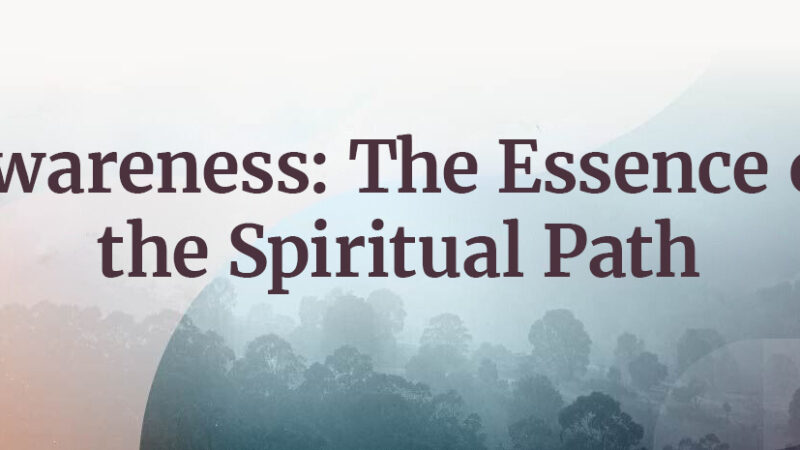Explore the scientific evidence for reincarnation with renowned University of Virginia researcher Dr. Jim B. Tucker and host Tami Simon, as they reflect on the thousands of cases of children’s past-life memories.
Is the survival of a self beyond physical death just a wishful notion? For decades, psychiatrist and researcher Jim B. Tucker has continued the legendary work of Dr. Ian Stevenson to build a compelling case for the past-life experiences of more than 2,500 children—many of them supported by astonishing and verified evidence.
In this new Insights At The Edge episode, Dr. Tucker shares how this research raises profound implications about why we are here, and the very nature of consciousness and this reality.
Highlights:
- The abundance of evidence for past lives and reincarnation
- How these findings challenge the materialist worldview
- “Consciousness is fundamental, and physical matter is derived from it.”
- What these findings suggest about our purpose, here and now
Note: This interview originally aired on Sounds True One, where these special episodes of Insights at the Edge are available to watch live on video and with exclusive access to Q&As with our guests. Learn more at join.soundstrue.com.

